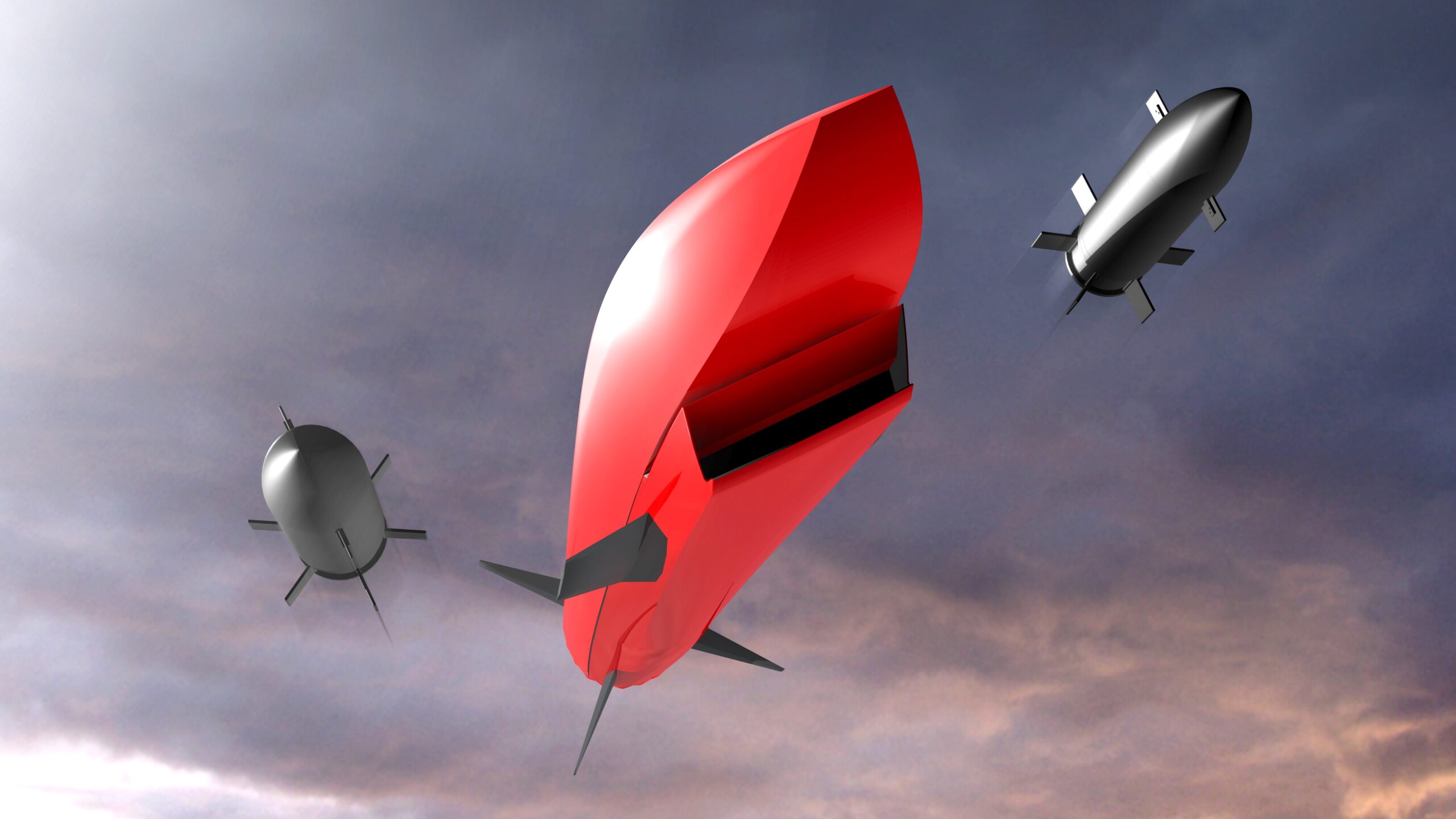ANDREW WHITE

NICE, France: With an eye on developing “generation after next” missiles, government and industry leaders from France and the UK recently gathered to coordinate how to invest their research and development money.
The meeting, held here Oct. 27-28, was the final gathering of a working partnership called the Materials and Components for Missiles Innovation and Technology Partnership (MCM ITP). Launched in 2007, the MCM ITP successfully completed 180 projects to identify next-generation material and components for missiles, and has already been exploited for future missile programs including the Future Cruise/Anti-Ship Weapon.
Representatives from the UK Ministry of Defence (MoD), Defence and Science Technology Laboratory (DSTL), French Defence Procurement Agency (DGA) and industry partners — including MBDA, Thales and Leonardo — were on hand to discuss the technologies that would be transitioning into the next stage of the working group, known as the Complex Weapons ITP.
Defense and industry representatives confirmed the CW ITP had already initiated a limited amount of research and development work as it begins to build up to its new goals.
Lt. Cdr. Paul Greason, the Royal Navy’s head of capability development weapons, evaluation and capability assurance, told delegates at the event that the new working group will “ensure that the technology required to provide freedom of action and operational advantage is identified, developed and tested to an efficient level of maturity in time for exploitation to meet and counter the threat.
“Early consideration of military capability benefits and test and evaluation requirements are essential for efficient exploitation,” Greason continued. “Is there a breakthrough technology that can be used to significantly reduce the timelines for a maturing technology which is a game changer in the test, evaluation and weapon qualification which provides capability to the frontline user quicker?”
Referring to the current threat environment, Greason described emerging capability of strategic adversaries around the world which already matched or exceeded UK capabilities. He highlighted the threat of swaming drones; high speed effectors; “sophisticated” air defense weapons; directed energy; and hypersonic weapons, such as those recently tested by the People’s Republic of China in low earth orbit.
“The rate of change and proliferation [of technology] continues to increase. We need to think big and broad because others are doing so already,” he concluded before referencing technology areas of interest including artificial intelligence, autonomy, digital backbones, communications and navigation, much of which must be deployed in a contested electronic warfare spectrum.
According to MBDA’s program lead for CW ITP, Edward Dodwell, the partnership already features more than 60 registered companies and organizations from across France and the UK.
“Our vision is to collaboratively identify and develop revolutionary and innovative technology to enhance UK/French complex weapons capability for 2035 and beyond,” Dodwell said before outlining CW ITP’s mission to identify key technology trends, capability improvements and pin-tail disruptors that will define “generation after next missiles and timely concepts.”
Future Technologies
Jointly funded by the two countries to the tune of €13 million each year, CW ITP will undertake up to 30 projects every two years, concentrating on getting them to early, active R&D. The CW ITP will reduce the MCM ITP’s eight “enduring technology areas” down to five: mission systems and algorithms; seekers; lethal packages; propulsion; and materials, structures and electronics.
Further, inside each of those broad topics will be a focus on operational capabilities, including how to use the technology tactical strike; deep strike; surface protection; force protection; air dominance; and future battlefield munitions.
According to Dodwell, bids and selection of Tranche 1 & 2 projects are scheduled to begin in the first quarter of 2022 with Tranche 3 expected to begin in October 2022. Tranche 4 will follow in October 2024.
Additionally, the CW ITP will provide industry with a series of “dynamic challenges” every year, designed to identify “disruptors” in missile technology. The first challenge for 2022 will consider “application of artificial intelligence for complex weapons.”
According to Ciaran Malone, from the UK’s international capability strategy/strategic programs office, the CW ITP is an opportunity for the UK and France to align operational requirements and capability planning over the next generation of technologies.
He suggested tactical strike and future air dominance were two critical areas of interest which could be exploited by the partnership.
Tactical strike, he explained, would see the creation of an “optimized family of weapons to provide the right tactical strike capabilities for today and tomorrow’s armored vehicle platforms in order to succeed in complex and demanding future air defense.”
“We already have the starting point of SPEAR [Selective Precision Effects At Range] and smart capabilities in the MBDA family to do this with future battlefield munitions, in which we will develop enhanced cooperation and explore options to convert requirements where possible to build on the close levels of interoperability between [French and British] armies, taking as our starting point again, UK Javelin and French MMP [anti-tank munitions].”
Referring to future air dominance, Malone suggested the CW ITP will “scope the roadmap to develop a suite of common weapons for our future combat aircraft and future capabilities”.
In conclusion, MBDA’s Future Systems Director, Bruno Verzotti described how only collaborative and constructive cooperation between the MoD, DGA and industry would enable the armed forces to maximize the full potential of complex weapons in the future.
“Engagement today is too long and future operations will get worse, becoming more complex and faster,” he warned.
Specifically, Verzotti called upon the CW ITP to concentrate on five urgent operational requirements including rapid targeting; resilient and autonomous navigation by satellite; reactive material warheads; functionally-graded materials; and technologies to assist in the Future Combat Air System effort.
No comments:
Post a Comment